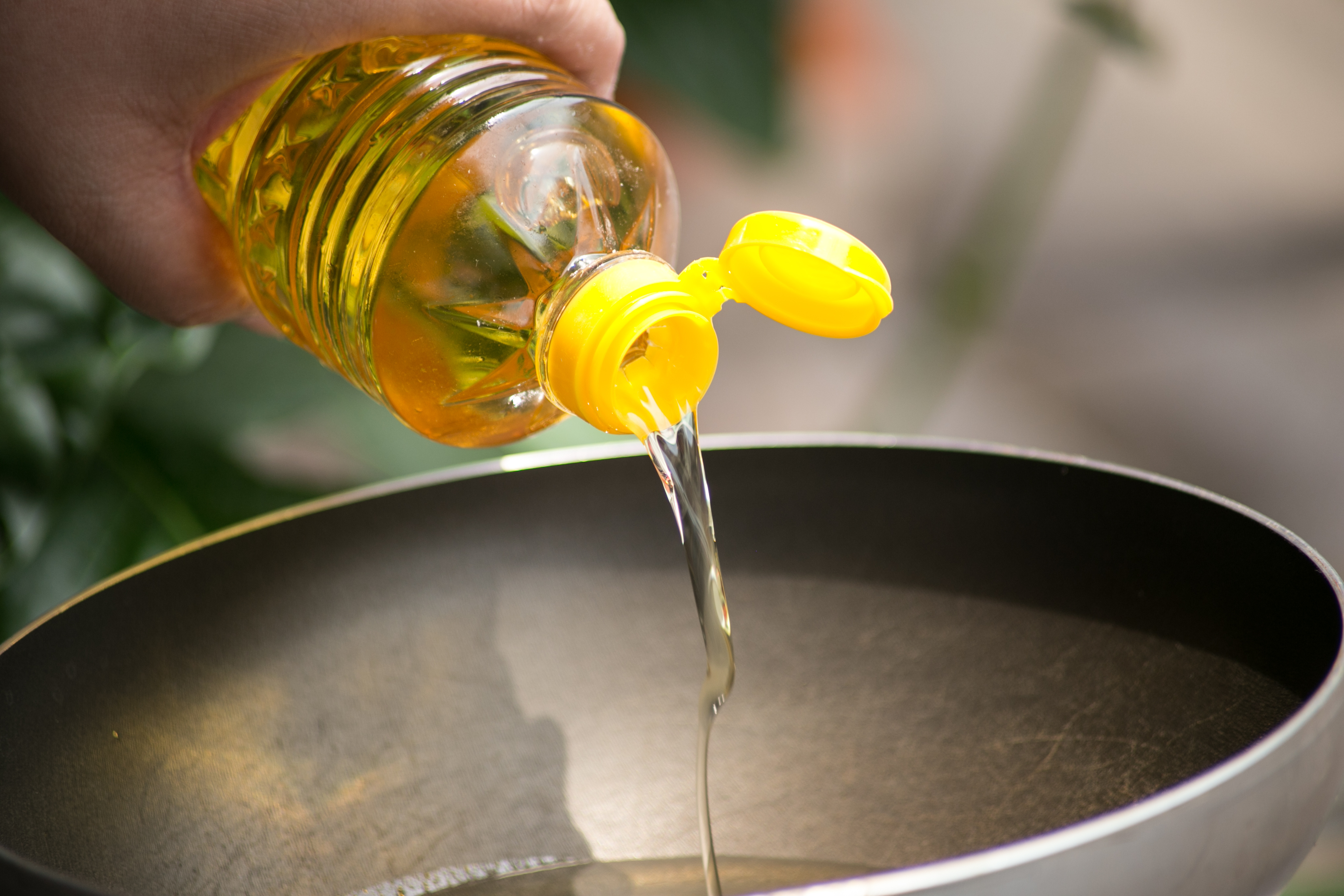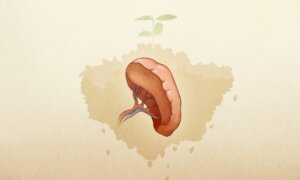In today’s fast-paced world, dietary choices are often slim, leading to reliance on convenient but potentially unhealthy options. Options like takeout, fast food, or highly processed, ready-made foods on grocery store shelves may contain harmful seed oils that contribute to inflammation and other common ailments.
In an EpochTV episode of Vital Signs, host Brendon Fallon spoke with biochemical researcher Dayan Goodenowe about which foods and oils are helping or hurting our bodies.
Cooking Oils
When examining cooking oils, Goodenowe, who holds a doctorate in medicine and psychiatry, said it’s important to first look at why the body needs oil and fat. The distinction between fat and oil lies in their state at room temperature: fats are solid, such as butter or lard, while oils are liquid, like canola or olive oil.
But what function do these foods serve to the human body?
Triglycerides are the densest form of natural energy on the planet. Plants create triglycerides for long-term storage, storing them in their seeds. When the plant finishes its cycle and goes into dormancy, that seedling will use the fat in the seed as energy.
Humans mirror this process, Goodenowe said. “So when you eat a high omega-6 meal, your body doesn’t ... digest that fat. It basically just reorganizes it and sends it directly to your fat cells for later.” The body thinks it is doing the right thing because omega-6 is an essential fatty acid that humans don’t make on their own. Because of this, the body has mechanisms to store and preserve it for later use.
The Omega-6 Imbalance
The problem arises from the excessive intake of omega-6 fatty acids—a hallmark of the Western diet. While essential, the body requires only small amounts of omega-6. An overabundance prompts the body to store it in fat cells and attempt to burn it, leading to inflammation. This inflammatory response is a key factor linking high omega-6 diets to various modern health problems.
Watch “Why Are Seed Oils Bad?” on the best oils and fats to cook with.
The Danger of Seed Oils
One significant source of omega-6 fatty acids is seed oils, including canola, cottonseed, and sunflower oil. Cottonseed, a toxic byproduct of cotton ginning, is processed to extract its oil and render it edible. According to Goodenowe, this was the beginning of the seed oil phenomenon.
The processing of seed oils often involves hydrogenation, a process that converts oils into trans-fatty acids. Goodenowe says the body struggles to metabolize trans fats, leading to their association with cardiovascular issues, inflammation, and other health problems prevalent in modern populations.
Similarly, the creation of cornstarch in the oil industry contributed to a dramatic increase in the omega-6 ratio in the food supply over the past century.
Grass-Fed Versus Grain-Fed Matters in Omega 6 Intake
Goodenowe notes that historically, lower omega-6 intakes were due to animals primarily eating grass. He urges people to read labels carefully, as “grass-fed” does not always mean “grain-free.” Although a meat label may say “grass-fed,” the fine print may also say “grain-finished,” which means the animal was fed seed grains in their final months.
Grain finished essentially defeats the whole purpose of a grass-fed diet and changes the quality of the meat, Goodenowe said.
However, people don’t have to become overly obsessive about every food source, he noted. The important thing to understand is that the entire composition of the Western food supply has shifted towards too much omega-6 fatty acid. He encourages consumers to be selective about their food choices and consciously rebalance their fatty acid intake.
“You can’t fight everything,” Goodenowe said.
According to the EpochTV episode, striving for ingredients low in linoleic acid is the first step. “Sunflower oil typically had really, really high levels of omega-6, but someone bred varieties of sunflower oil many years ago. It’s called high oleic acid sunflower oil,” Goodenowe added. High oleic acid is high in omega-9 fatty acids, making it a healthier choice to cook with. Avocado and olive oils are also good options to avoid omega-6, he noted.
Animal Fat: Good or Bad?
Goodenowe challenges the common belief that animal fats are bad. “Animal fats are totally great,” he said, explaining that beef lard contains fats that the body already makes. This means the body can metabolize them, converting them into one of the cleanest forms of energy and to oleic acid for later use.
“There’s absolutely nothing wrong with that.”
He attributes the negative perception of animal fats to marketing campaigns. These campaigns led people to believe seed oils were more environmentally friendly than the lard industry and that polyunsaturated fats lowered cholesterol.
However, Goodenowe says those campaigns simply haven’t turned out to be true and recommends people opt for animal versions of fat such as lard or stick to olive, coconut, or avocado oils. He also recommends getting fat from egg yolks due to their high omega-9 levels.

















